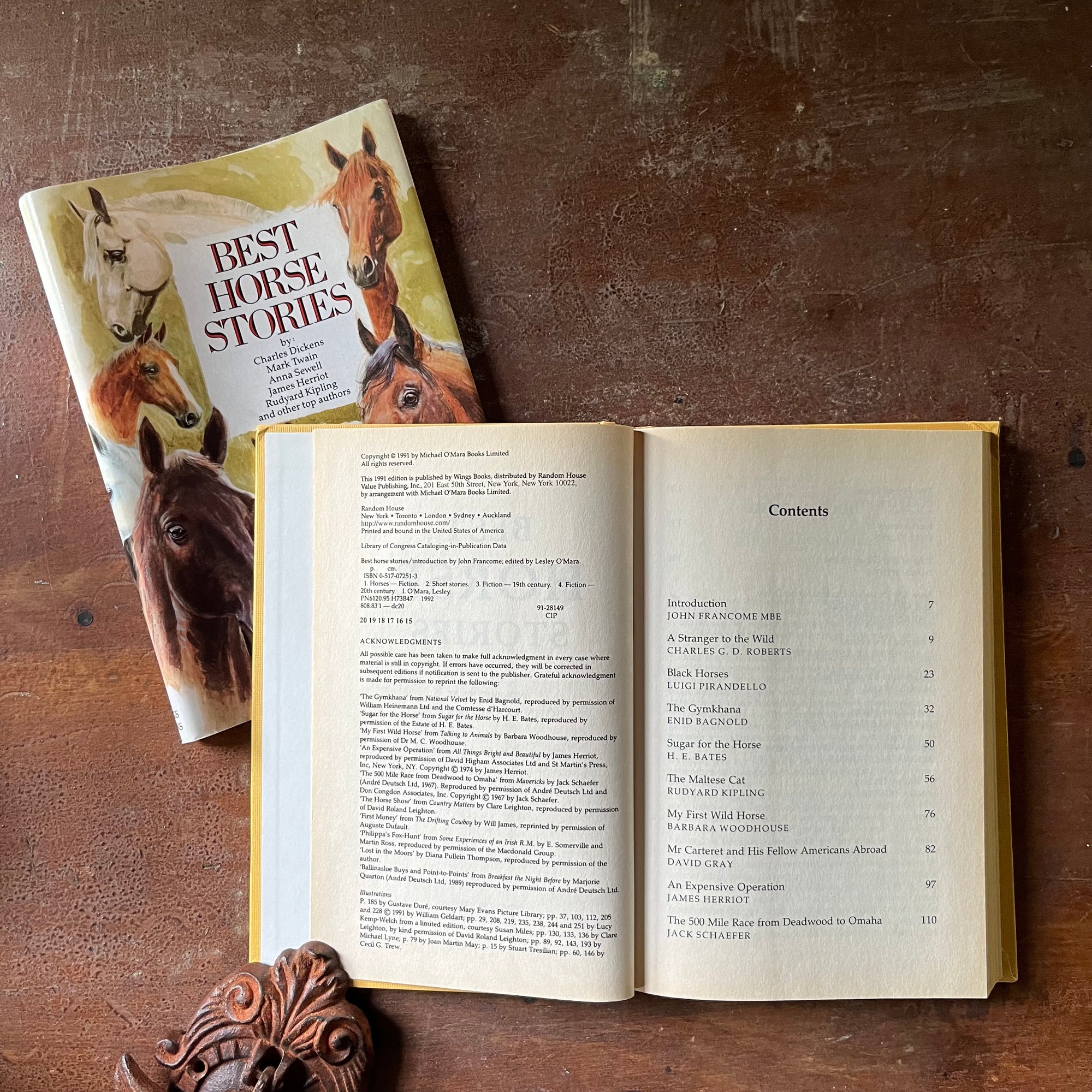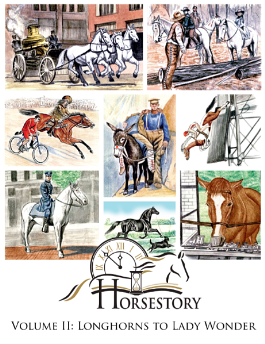Horse Biographies: Real Stories of Famous Horses

When writing a detailed, SEO-friendly blog article about famous horses, it’s important to structure your content thoughtfully and include various elements that enhance readability and engagement. Here’s an expanded guide on how to approach this topic:
SEO-Friendly Blog Article
Creating an SEO-friendly article means optimizing your content so that it ranks well on search engines like Google. This involves using relevant keywords naturally throughout the text, crafting compelling headings, and ensuring the article is informative and valuable to readers interested in horse biographies.
Use of Tables
Tables can be an effective way to organize information about different horses, such as their names, birthdates, notable achievements, and historical significance. This format allows readers to quickly compare and absorb key facts.
Example Table:
| Horse Name | Birth Year | Notable Achievements | Legacy |
|---|---|---|---|
| Secretariat | 1970 | Triple Crown Winner, Record-breaking times | Considered one of the greatest racehorses in history |
| Seabiscuit | 1933 | Underdog story, multiple major wins | Symbol of hope during the Great Depression |
Use of Lists
Lists help break down complex information into digestible points. For example, you can list the top 5 famous horses, their unique traits, or the reasons they became legends.
Example List:
- Secretariat: Known for his incredible speed and stamina.
- Seabiscuit: Famous for overcoming adversity.
- Man o’ War: Dominated racing in the early 20th century.
- Black Beauty: Iconic fictional horse that raised awareness about animal welfare.
- War Admiral: Winner of the Triple Crown and rival to Seabiscuit.
Including FAQs
Adding a Frequently Asked Questions section addresses common queries readers might have, improving user experience and SEO. Questions could include:
- What makes a horse famous?
- How do horses impact human history?
- Are there any famous fictional horses?
Article Length and Detail
Aim for 3000–4000 characters to provide enough depth without overwhelming readers. This length allows for detailed stories, historical context, and interesting anecdotes about each horse.
By incorporating these elements, your blog article will be well-structured, engaging, and optimized for search engines, making it appealing to both casual readers and horse enthusiasts alike.
